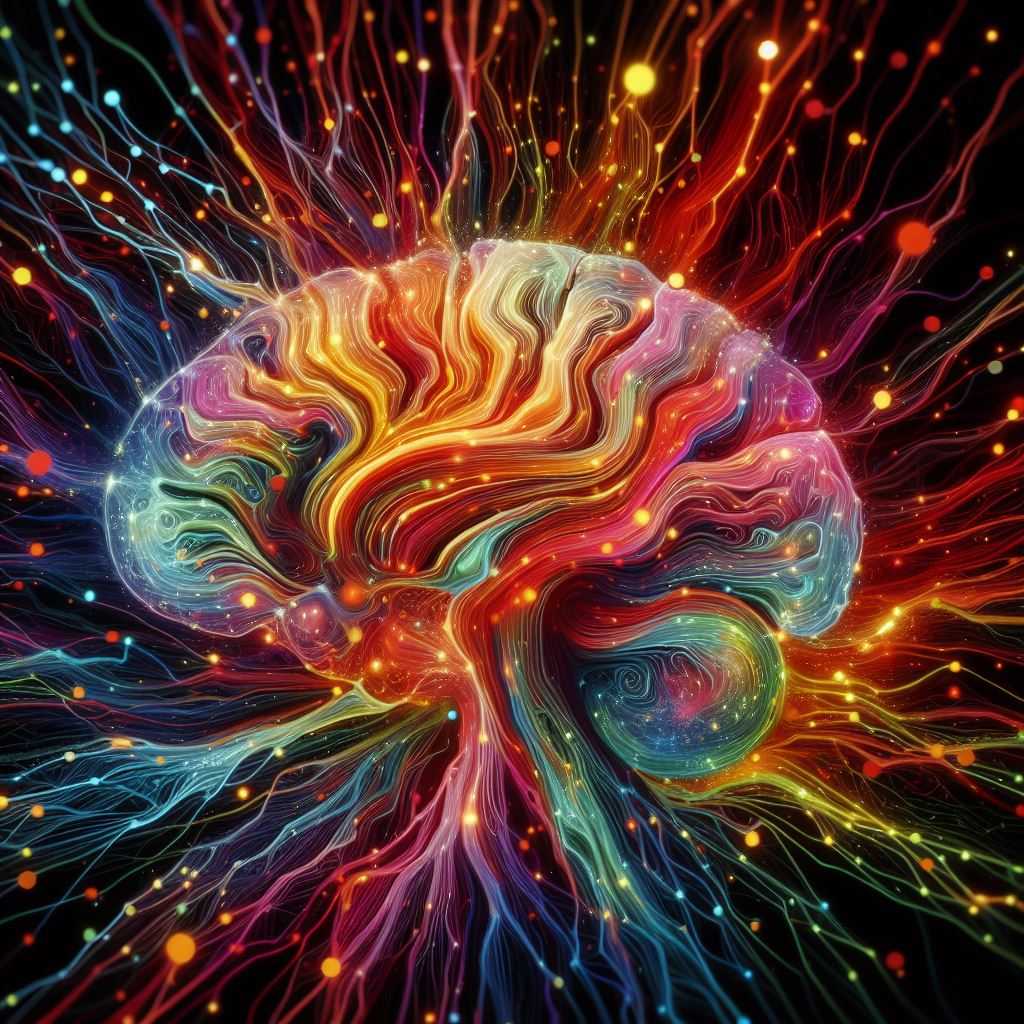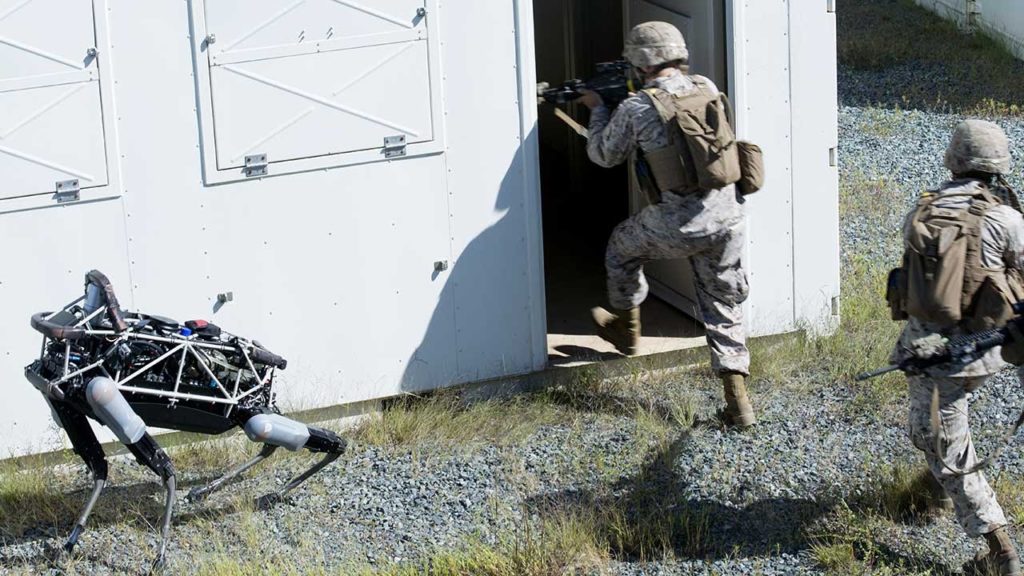Brain
Biopsychology is a part of psychology that looks at how the brain makes us act. It’s also called psychobiology or behavioral neuroscience. Researchers in this field study how we think, feel, and do things.
Thanks to new technology, scientists can now learn more about the brain. The brain has four parts called lobes, each doing different things:
- The frontal lobe is in the front. It helps us think, talk, and move.
- The occipital lobe is in the back. It helps us see.
- The parietal lobe is on the top. It helps us feel when we touch something.
- The temporal lobe is on the sides. It helps us hear.
brain is a complex biological machine that helps humans think, learn , act, react, feel emotions and everything else. In this article, we will talk about brain-controlling emotions.
How our brain regulates emotions
Sometimes, when we have a really bad day, we feel like screaming but don’t. This is because our brain has a way to control our emotions. This control is very important for dealing with life. When things happen around us, being able to think differently about them can change how we feel and what we do.
Mental health problems can happen when people can’t think differently about things, like when they can’t stop thinking sad thoughts.
A new study from Dartmouth College looked at this problem. It’s one of the first to tell apart the brain’s work in making emotions and in controlling them. The study was shown in a science magazine called Nature Neuroscience.
Ke Bo, who worked on the study, said it was great to find parts of the brain that only work on controlling emotions. These parts could be used to help people with their feelings.
The study used special computers to look at brain scans from two different groups of people. These people were shown pictures that might make them feel upset, like scary animals or injuries.
Then, they were asked to think about the pictures in a new way to make them less upsetting. After that, they saw a normal picture and then another upsetting one.
By looking at the brain scans, the scientists found which parts of the brain were busy when people controlled their emotions compared to when they just felt them. They found that controlling emotions, or “reappraisal,” uses certain parts of the front of the brain and other high-up parts that hadn’t been linked to emotion control before. These parts are also used for thinking deeply and planning for the future.
People who can use these parts of the brain well can handle bad things better without getting too upset. Other studies have also said that these brain parts are linked to good mental health and staying away from bad habits like drug use.
The study also saw that the amygdala, a part of the brain known for feeling scared, acts the same whether we try to control our feelings or not. Bo said that it’s actually the outer part of the brain that changes how we feel by changing how we see and understand what’s happening around us.
Lastly, the scientists looked at brain chemicals that might help with emotion control. Both prescription drugs and illicit substances have an impact on chemicals like dopamine and serotonin, which help brain cells communicate with one another. Some of these chemicals might be key to helping us control our emotions. The team compared brain maps of emotion control to maps of where these chemicals work in the brain from 36 other studies. They found that the parts of the brain that control bad feelings work with certain chemicals.
Serotonin is a brain chemical that’s linked to feeling happy or sad. The most common medicines for sadness make sure serotonin stays longer in the brain’s connections.
New mental health treatments that use psychedelic drugs have an impact on the brain’s 5H2A region. These drugs might help with sadness by changing the way we think about things and controlling our feelings. But these drugs need to be used with the right kind of mental support to work well.
The study shows that combining talking therapy with medicine might be the best way to help people with their mental health. Understanding how drugs work in the brain can help make these treatments better.
What part of the brain controls fear?
Fear is a key emotion that helps us deal with danger. It starts in the brain with the amygdala and then the hypothalamus. If the amygdala is damaged, people might not react appropriately to threats. The fight-or-flight response begins when the amygdala tells the hypothalamus to alert the body. This causes the adrenal glands to release adrenaline and cortisol, leading to faster heart and breathing rates, higher blood sugar, and more sweating. The amygdala also helps us learn to be scared of certain things by linking situations to fear.
What part of the brain controls anger?
Anger, like fear, is how we react to danger or stress. It’s part of the fight-or-flight response. If we can’t get away from something scary, we might get angry. Trying hard to do something and getting stopped can make us angry too.
The amygdala in the brain starts the anger feeling, and then the hypothalamus gets involved, just like with fear. The prefrontal cortex, a brain part, also helps control anger. If this part is hurt, it can be hard for someone to manage their anger.
What part of the brain controls happiness?
Happiness is feeling good and having nice thoughts. Brain scans show that happiness starts in a part of the brain called the limbic cortex. Another part, the precuneus, helps too. The precuneus deals with memories, who you are, and paying attention as you go around.
A study in 2015 said that people with a bigger part of the precuneus in their brain felt happier. It seems like the precuneus turns what we know and remember into happy feelings. Like, if you remember a great time you had with someone special, thinking about it can make you feel happy.
What part of the brain controls love?
Falling in love might feel like stress because the same part of your brain that deals with stress, the hypothalamus, is active. When you like someone a lot, this part of the brain makes hormones that make you feel good.
One hormone, dopamine, makes us feel happy when we do something good. A study found that seeing someone you love makes your brain more active in places where dopamine works.
Another hormone, oxytocin, grows when you hug or are close to someone. It helps you feel close and trust others, and it makes you feel peaceful and happy.
Vasopressin is also made in the hypothalamus and helps you feel close to your partner. It’s part of why you feel connected to someone you love.
References:
https://www.sciencedaily.com/releases/2024/04/240403170916.htm
https://www.healthline.com/health/what-part-of-the-brain-controls-emotions#love





